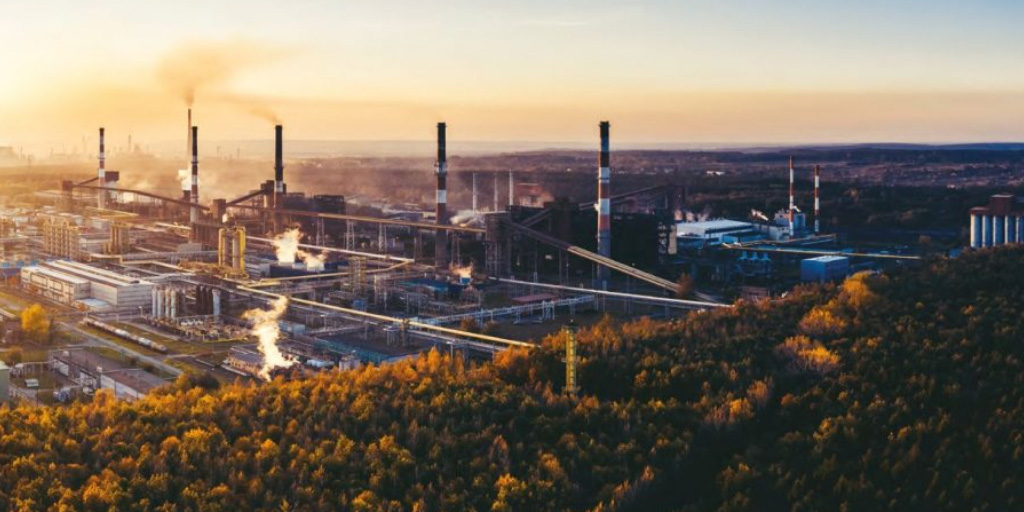LONG-TERM STRATEGY – FOUR-YEAR PLAN FOR ENERGY OPTIMIZATION AND OPERATIONAL COST REDUCTION
A long-term energy efficiency strategy is a key element of sustainable resource management within an enterprise. Based on collected data, analyses, and recommendations, we develop a four-year action plan aimed at optimizing energy use, reducing operational costs, and supporting sustainable development initiatives. This plan is tailored to the specific needs and characteristics of the company, incorporating both short- and long-term goals related to energy efficiency.
1. Defining Key Strategic Objectives
The long-term strategy begins with setting core objectives that guide the journey towards energy optimization. These goals include:
- Reducing total energy consumption by a specified percentage within four years,
- Cutting energy costs by reducing expenses on electricity, heating, and other energy sources,
- Lowering greenhouse gas emissions in compliance with environmental and ESG standards,
- Implementing and regularly monitoring energy efficiency indicators (KPIs).
2. Prioritizing Areas for Modernization
Based on prior analyses, we identify areas with the highest potential for savings, prioritizing modernization efforts. We focus on energy-intensive equipment, technological processes, and energy distribution systems. Prioritization considers financial investment levels and anticipated return on investment, enabling the company to gradually implement actions with minimal operational disruptions.
3. Phased Implementation of Optimization Actions
The action plan is divided into phases, encompassing short-term (1 year), medium-term (2–3 years), and long-term (4 years) solutions:
- Short-term actions: Quick improvements yielding immediate savings, such as LED lighting upgrades, HVAC system optimization, thermal insulation enhancement, and cycle optimization for selected equipment.
- Medium-term actions: Targeting key energy installations, including new pumps, more efficient heating, cooling, and ventilation systems. This stage also involves automation and digitalization to facilitate real-time monitoring and energy management.
- Long-term actions: Major technological changes, such as production system upgrades, installation of renewable energy sources (RES), and implementation of advanced energy management systems (EMS).
4. Implementing Monitoring and Reporting Systems
An effective strategy requires ongoing energy usage monitoring and progress tracking. Implementing monitoring systems enables real-time energy consumption tracking, trend analysis, and prompt responses to deviations from established targets. Solutions include SCADA, IoT systems, and EMS software that automatically collect and analyze energy usage data.
5. Savings Analysis and Performance Reporting
Each year, we analyze the outcomes of implemented actions and update the plan based on the results. Sample metrics include:
- Percentage reduction in energy consumption compared to the baseline year,
- Actual reduction in energy costs,
- Decrease in CO₂ emissions and other greenhouse gases.
Regular performance reporting allows for progress evaluation and strategy adjustment to meet new challenges and changing business needs.
6. Operational Cost Optimization and Resource Allocation
The long-term energy strategy also includes operational cost optimization and efficient budget management. Based on anticipated savings, we develop a resource allocation plan for subsequent action phases. As the strategy progresses, the company gains greater financial flexibility, allowing for more advanced technological solutions and increased investment in energy efficiency improvements.
7. Employee Education and Engagement
The strategy includes training and educational programs for employees to raise awareness of energy efficiency and encourage active participation in savings initiatives. Introducing motivational programs, such as competitions for the best energy-saving ideas, can yield positive results and enhance employee engagement.
8. Strategy Evaluation and Update
At the end of the four-year period, we conduct a comprehensive evaluation of the strategy’s results, analyzing achieved savings, completed goals, and implemented changes. Based on this information, we prepare an updated strategy for the coming years to continue driving energy efficiency and sustainable development.
Benefits of Implementing a Long-Term Energy Efficiency Strategy
The four-year strategy offers numerous benefits for the enterprise, including financial performance improvements, operational efficiency, and a positive environmental impact:
- Reduced energy costs: The company can achieve sustainable savings on energy purchase and consumption costs.
- Increased infrastructure reliability: Regular upgrades and optimizations reduce the risk of breakdowns, enhancing production availability and minimizing downtimes.
- Enhanced competitiveness: Companies that consistently optimize energy processes gain a competitive edge and improve their reputation as environmentally responsible organizations.
- Reduced CO₂ emissions and environmental protection: Strategy implementation contributes to a smaller carbon footprint, helping meet regulatory requirements and environmental commitments.
This strategy enables the enterprise to progressively increase energy efficiency, foster a culture of sustainability, and pursue long-term savings while protecting the natural environment and strengthening brand value and competitiveness.

































